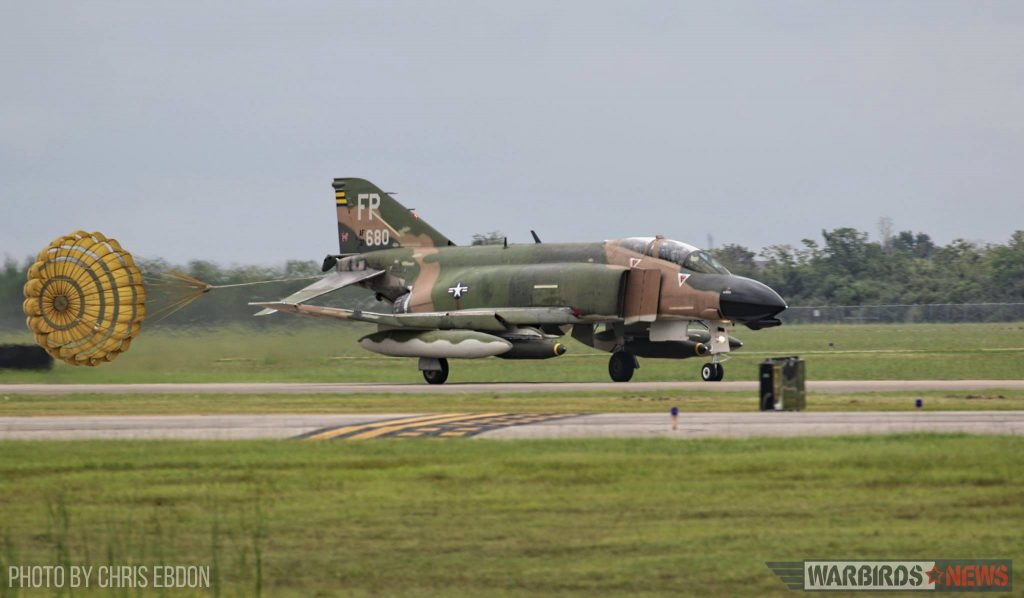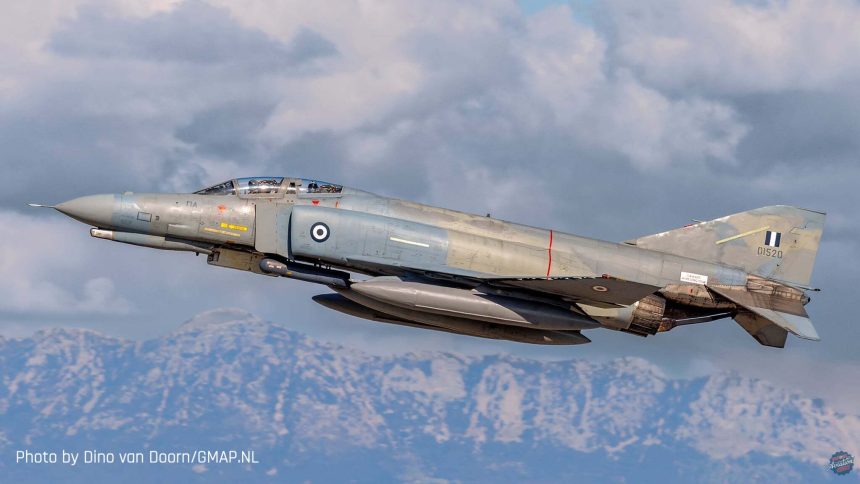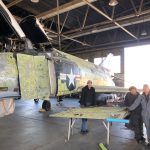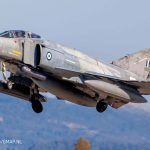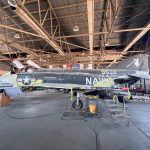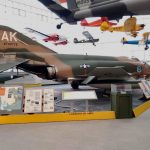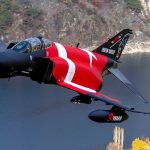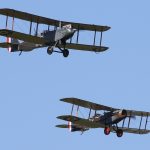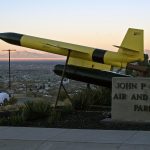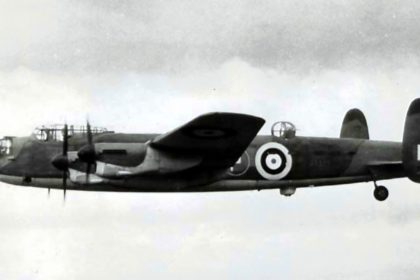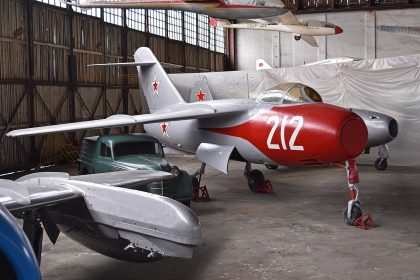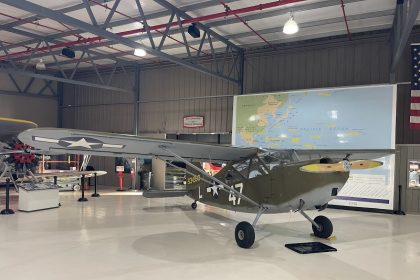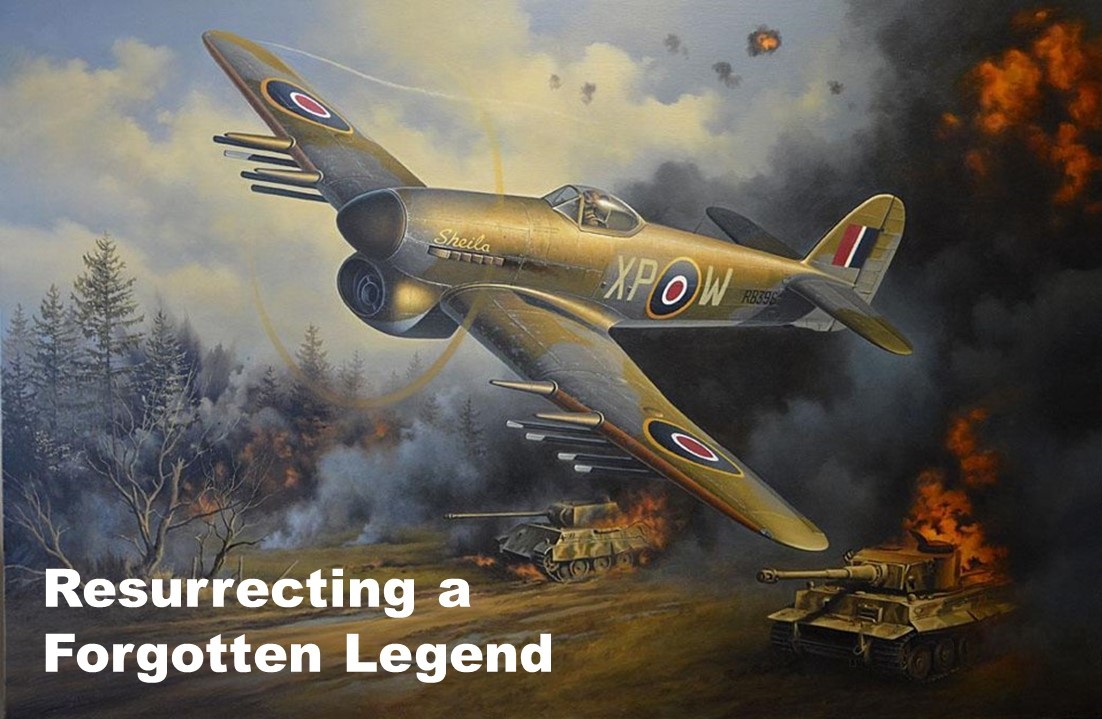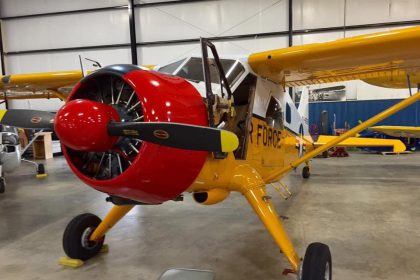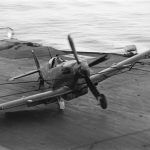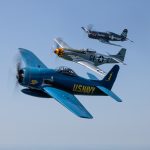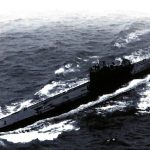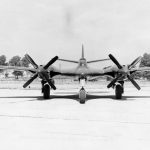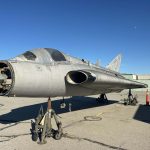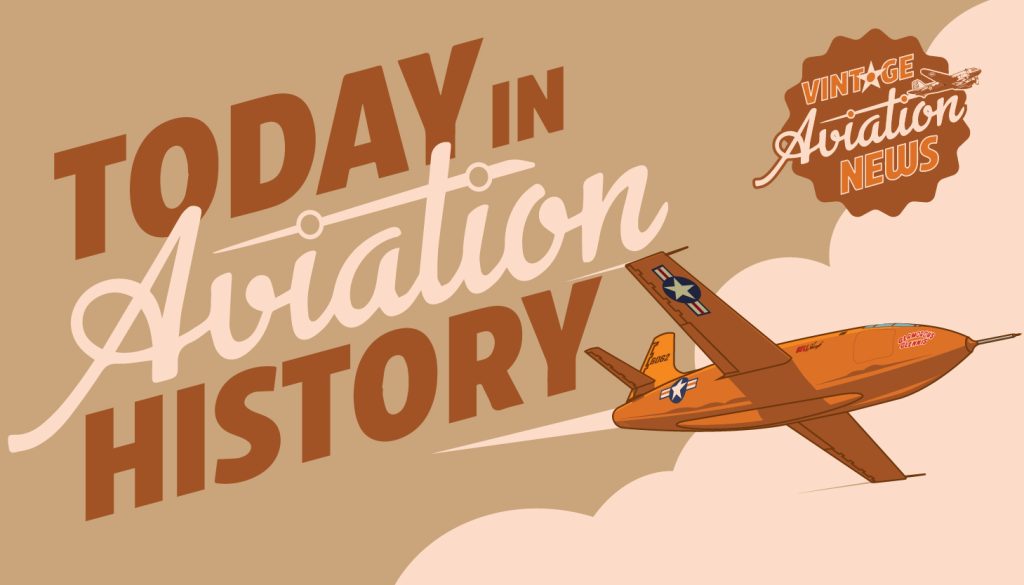
On this day in aviation history, 67 years ago—May 27, 1958—the McDonnell Douglas F-4 Phantom II took to the skies for the very first time. The milestone flight took place at Lambert Field in St. Louis, Missouri, with McDonnell Aircraft Corporation’s Chief Test Pilot Robert C. Little at the controls. The aircraft flown was the prototype YF4H-1, serial number 142259, and the maiden flight lasted just 22 minutes. Although a hydraulic issue prevented Little from going supersonic—limiting the flight to 370 knots—the aircraft’s potential was clear from the start.
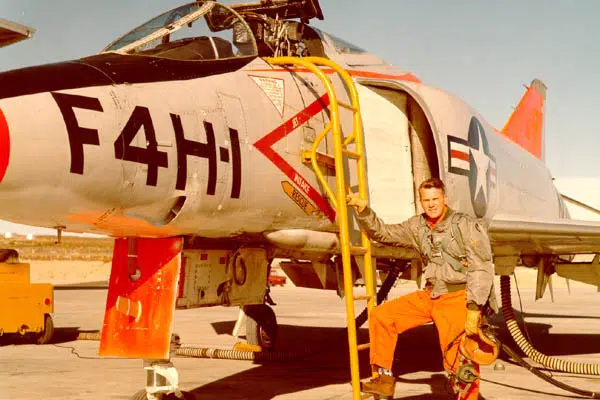
Originally developed for the U.S. Navy, the F-4 Phantom II was a twin-engine, two-seat supersonic interceptor with long-range and all-weather capabilities. As the design evolved, it was also adopted by the U.S. Marine Corps and U.S. Air Force. The Phantom gained fame during the Vietnam War, where it became a versatile fighter-bomber, excelling in both air-to-ground attack and air superiority missions. In air combat against North Vietnamese MiG-17s and MiG-21s, the F-4 achieved an impressive kill ratio of 3.6:1.
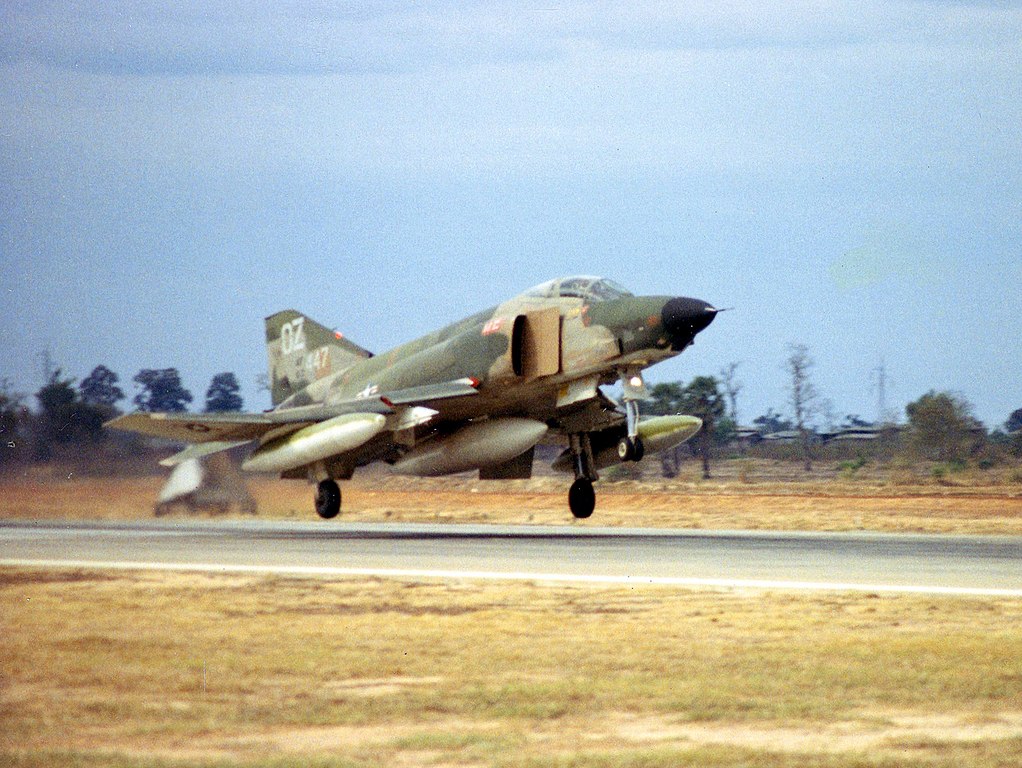
The F-4E model was powered by two General Electric J79-GE-17A afterburning turbojet engines, each producing 11,905 to 17,845 pounds of thrust. The aircraft could reach speeds of Mach 2.23 (1,470 mph) and boasted a service ceiling of 60,000 feet. Its combat radius was approximately 370 nautical miles, and it could climb at an astonishing rate of 41,300 feet per minute. The F-4E also featured an internally mounted 20mm M61A1 Vulcan cannon and could carry up to 18,650 pounds of ordnance across nine external hardpoints—including bombs, air-to-air missiles, and even nuclear weapons.
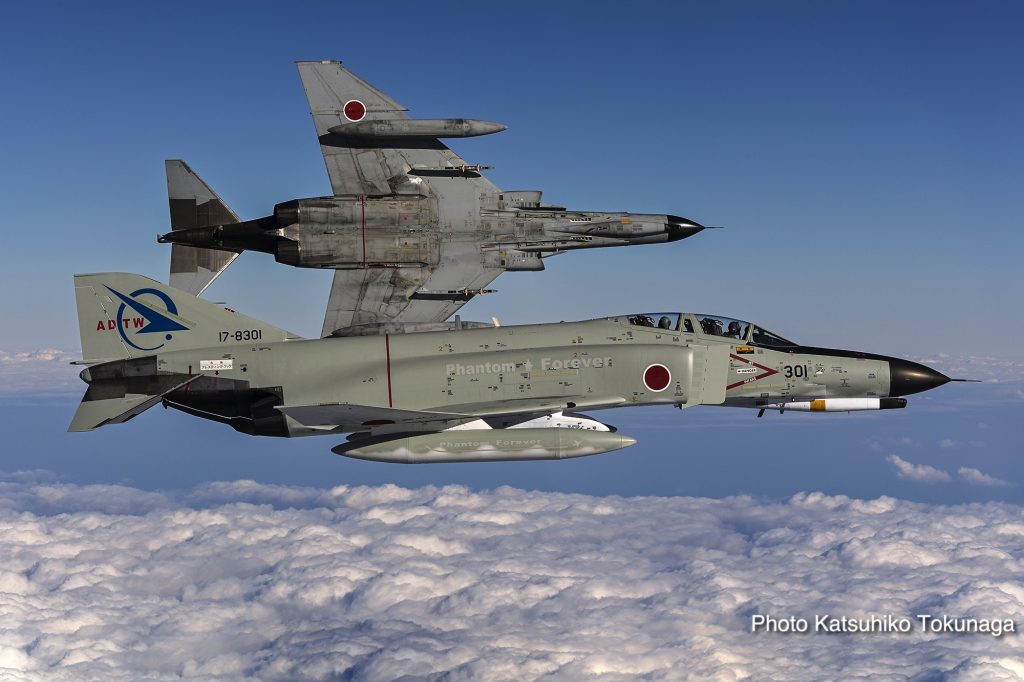
Between 1958 and 1981, a total of 5,195 F-4 Phantom IIs were produced, making it the most-produced American supersonic military aircraft. The Phantom remained in U.S. service until 1996 and continued to serve with several allied nations long after. Notably, Japan and South Korea flew the Phantom until 2021 and 2024, respectively. Today, the aircraft still flies with the air forces of Iran, Greece, and Turkey.
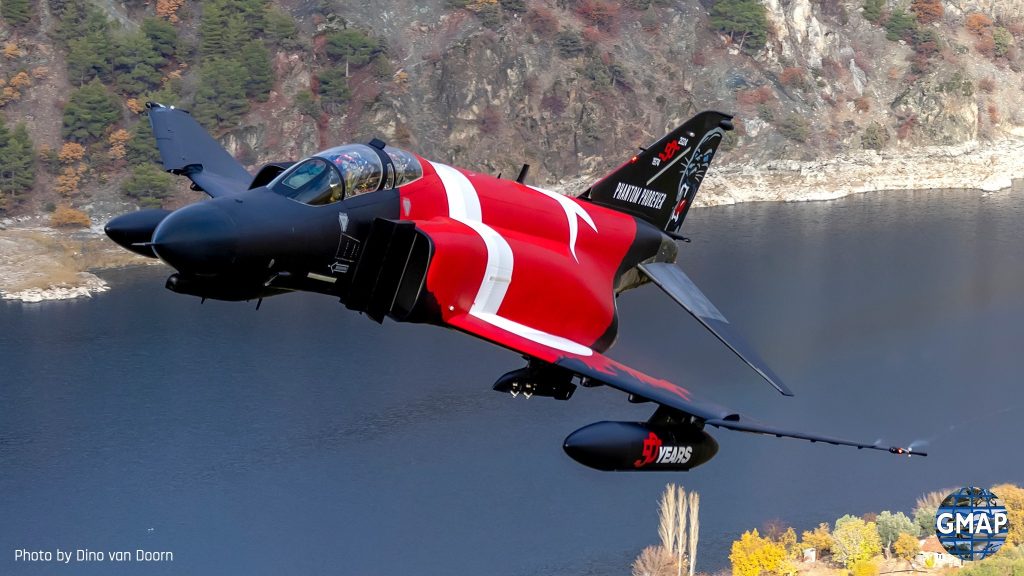
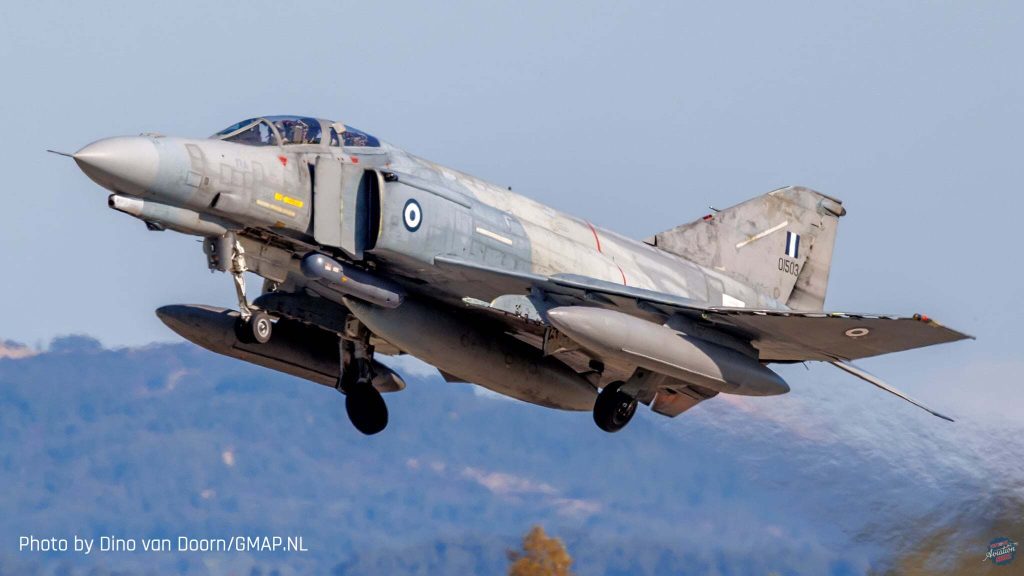
In the United States, one of the last airworthy F-4s—serial number 66-7680—is flown by the Collings Foundation. As the last flying Phantom in North America, it stands as a powerful symbol of the aircraft’s legacy and a tribute to the men and women who flew and maintained the F-4 during its decades of frontline service.
